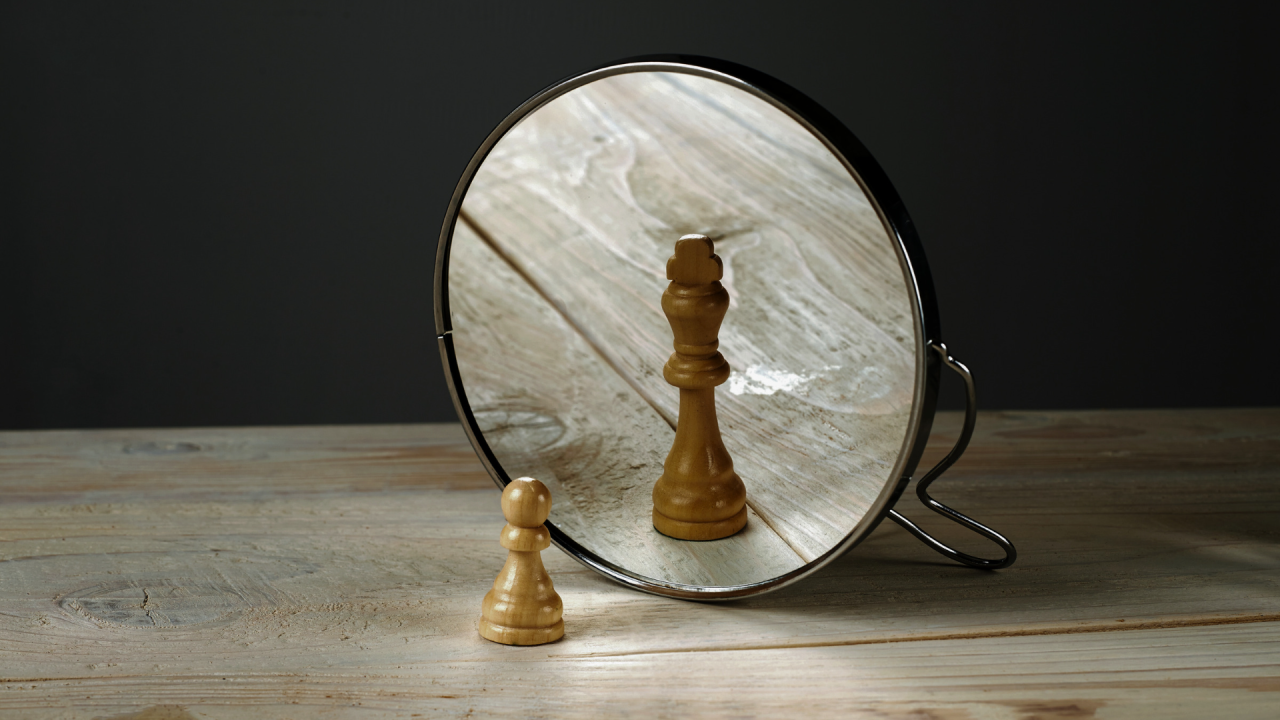1 はじめに:“書く”ことは心の鏡
「今日、何がいちばん楽しかった?」「どうしてケンカになったの?」
子どもに一日の出来事を尋ねても、返ってくるのは「忘れた」「別に」のひと言。忙しい現代の家庭では、子どもが自分の内面をゆっくり振り返る時間が不足しがちです。そこで注目したいのが日記を書く習慣です。
幼児教育や心理学の研究では、日記を書く行為が自己反省力(セルフリフレクション)を高め、感情コントロール・学習意欲・対人関係にまで好影響を与えることが繰り返し示されています。つまり「書く=学ぶ」だけでなく、「書く=心を整える」営みでもあるのです。本稿では、日記が子どもの心にどのような力を育み、家庭でどのように取り入れればよいかを詳しく解説します。
2 自己反省力とは何か:“振り返り”がもたらす三つの効果
自己反省力とは、自分の行動や感情を客観的に見つめ、原因と結果の関係を理解し、次の行動に活かす力を指します。日記を書くことで得られる主な効果は次の三つです。
- 感情の整理とメタ認知
文章にすることで、モヤモヤとした気持ちを言語化でき、「自分は今こう感じているんだ」と客観視できます。これはメタ認知の第一歩です。 - 行動と結果の因果関係の理解
「朝早く起きて勉強したらテストで良い点が取れた」「友だちにきつく言ったら嫌な顔をされた」など、行動と結果を時系列で書くことで、原因‐結果のつながりが可視化されます。 - 問題解決力とレジリエンスの向上
失敗体験を日記に残し、そこから学んだことを書くことで、次に同じ状況に直面した際の対処法を自分で編み出せるようになります。これは心の回復力(レジリエンス)を高める訓練でもあります。
3 発達段階別・日記の始め方
3‑1 就学前(4~6歳):絵日記+一言
まだ文字が書けない時期は、絵日記がおすすめです。今日楽しかった場面を絵で描き、下に「たのしかった」など一言だけ親が代筆してあげると、視覚と言語が結びつきます。絵を描きながら「何して遊んだの?」と問いかけることで、出来事を思い出すプロセスが自己反省の導入になります。
3‑2 小学校低学年(7~9歳):三行日記
文章力が伸び始めるこの時期は、三行日記が最適です。
- 1行目:事実(何があったか)
- 2行目:感情(どう感じたか)
- 3行目:次の一歩(明日はどうするか)
このフォーマットなら3分で書けるうえ、「出来事→感情→行動計画」のサイクルが自然に身につきます。
3‑3 小学校高学年~中学生:5W1H+振り返り
語彙が増え論理的思考が発達する時期には、5W1H(日時・場所・人物・何を・なぜ・どのように)で出来事を整理し、最後に「学びポイント」を一文で書き添える形式が効果的です。具体と抽象の往復が思考を深め、自己反省力を加速させます。
4 家庭で続けるコツ:“習慣化の4ステップ”
- 時間と場所を固定する
寝る前の10分を「日記タイム」と決め、机の上にノートとペンをセットしておくと、行動が自動化されます。 - 親も一緒に書く
子どもだけにやらせるのではなく、親も同じ時間に日記やメモを書きます。「大人も振り返るんだ」というモデル提示が効果的です。 - 内容を評価しない
誤字脱字や表現の稚拙さを指摘すると、書く意欲が萎えます。まずは「続けられたね」「面白い発見だね」とプロセスを褒めましょう。 - 週末にシェアタイム
週に一度、家族で日記を読み合う時間を設けます。気づきや学びを共有することで、自己反省が“対話的”に深まります。
5 デジタルか紙か:ツール選びのポイント
| ツール | メリット | デメリット |
|---|---|---|
| 紙のノート | 書く動作が記憶を定着/自由に絵が描ける | 保管スペースが必要/検索が困難 |
| デジタルアプリ | 写真・音声・動画が貼れる/検索・タグ付けが容易 | 入力が打鍵中心で低学年には負担/通知で集中が途切れる |
低学年までは「手書き+絵」が効果的ですが、高学年以降はハイブリッドも選択肢です。大切なのは子どもが“書きたい”と思える使い勝手であること。試しに両方体験させ、本人に選ばせましょう。
6 親ができるサポート:五感と言葉をつなぐ問いかけ
日記を書き終えた子どもに、親はオープンクエスチョンで気づきを深める伴走者になります。
- 「そのとき、どんな音が聞こえた?」(聴覚)
- 「匂いは覚えている?」(嗅覚)
- 「次はどうしたい?」(未来志向)
五感を呼び起こす質問は記憶を鮮明にし、体験の解像度を高めます。さらに「どう感じたの?」「どうしてそう思ったの?」と感情と理由を結びつける問いを重ねると、自己反省の質がぐっと上がります。
7 よくある悩みと対処法
| 悩み | 原因 | 対処法 |
|---|---|---|
| 書くのを面倒くさがる | 文字量が多すぎる | フォーマットを簡略化(1行でもOK) |
| 同じことしか書かない | 振り返りの視点が単調 | テーマカードを用意(「今日の発見」「ありがとう」など) |
| ネガティブなことを書きたがらない | 失敗=叱られると思っている | 親が自分の失敗を書き、学びを示す |
8 自己反省力がもたらす長期的メリット
- 学習成果の向上
PDCA(計画・実行・評価・改善)サイクルが自然に回るため、勉強の進め方が効率化します。 - 対人スキルの向上
自分の感情を理解できる子は、他者の感情にも敏感になり、共感力が育ちます。 - キャリア形成に役立つ
社会人基礎力の一つである“振り返り力”が、将来の仕事の質を左右します。企業研修でもリフレクションジャーナルが導入されるほどです。
まとめ
日記を書く習慣は、子どもの心に自己反省という羅針盤を装備します。振り返りのプロセスを楽しめる子は、失敗を恐れず挑戦し、他者と協調しながら自分の道を切り開いていけるでしょう。
今日から始めるステップはシンプルです。寝る前の3分、ノートを開き、出来事・感情・次の一歩を書くだけ。親も隣でペンを走らせ、週末に「今週の学び」を語り合う、その小さな積み重ねが、10年後、20年後の大きな自己成長へとつながります。
“書く”という行為は未来への手紙。ぜひご家庭で、日記という名のタイムカプセルを一緒に埋めてみてください。
Building Self‑Reflection Skills Through the Daily Habit of Journaling
1 Introduction — Writing as a Mirror for the Heart
“Tell me the best thing that happened today.”
“Why did the fight start?”
When we ask such questions, many children answer only, “I forgot” or “Nothing.” In today’s fast‑paced households, kids seldom have the calm they need to look back on their own feelings and actions.
That is why keeping a daily journal deserves fresh attention. Research in early‑childhood education and psychology repeatedly shows that journaling strengthens self‑reflection skills—the ability to review one’s emotions and behavior objectively, draw lessons, and apply them. Writing is therefore more than a learning tool; it is also an act of tidying the heart. This article explains in depth how journaling cultivates a child’s mind and how families can weave the habit naturally into home life.
2 What Is Self‑Reflection? — Three Benefits Gained by Looking Back
Self‑reflection is the capacity to observe one’s own actions and feelings from a step back, grasp the cause‑and‑effect links, and use those insights to guide future choices. When children journal, they enjoy three major payoffs:
- Emotion Sorting and Metacognition
Turning vague feelings into words lets children see their own emotions from outside themselves—the first rung on the metacognition ladder. - Understanding Cause and Effect
“I woke up early to study and scored high on my test.”
“I spoke harshly and my friend frowned.”
Laying events out in time order makes the links between behavior and outcome visible. - Problem‑Solving and Resilience
By recording failures and then writing what they learned, children rehearse strategies for the next similar situation. Each cycle quietly strengthens their capacity to bounce back.
3 How to Start, Stage by Stage
3‑1 Pre‑K (4–6 yrs): Picture Diaries with a Single Caption
At this age, many children cannot yet write sentences. Picture diaries are perfect. Invite your child to draw the day’s happiest moment, then add a short caption together—perhaps you write it for them. While they draw, ask questions like, “What were you doing here?” Recalling the scene itself becomes a gentle introduction to reflection.
3‑2 Lower Elementary (7–9 yrs): The Three‑Line Diary
Once basic writing has taken root, move to a three‑line format:
- Event — What happened?
- Feeling — How did I feel?
- Next Step — What will I do tomorrow?
It takes only three minutes, yet automatically walks the child through the loop of “experience → emotion → plan.”
3‑3 Upper Elementary – Middle School: 5W1H Plus a Take‑Away
As vocabulary and logic mature, expand to the 5W1H frame—When, Where, Who, What, Why, How—followed by a one‑sentence “lesson learned.” Switching back and forth between concrete details and abstract insight deepens thought and accelerates self‑reflection.
4 Making It Stick at Home — The Four‑Step Habit Loop
- Fix the Time and Place
Ten quiet minutes before bed, with notebook and pen always waiting on the desk, turns journaling into autopilot behavior. - Write Side by Side
Children emulate adults. Sit down and write your own notes at the same time to model that reflection is lifelong. - Praise Continuity, Not Spelling
Correcting every misspelling crushes motivation. Instead say, “You kept it up!” or “What an interesting discovery!” - Hold a Weekly Sharing Circle
Once a week, the family reads excerpts aloud. Shared reflections spark conversation and deepen insight.
5 Paper or Digital? Choosing the Right Tool
| Format | Strengths | Weaknesses |
|---|---|---|
| Paper notebook | Handwriting aids memory; free to draw | Needs storage space; cannot keyword‑search |
| Digital app | Can add photos, audio, video; searchable; taggable | Typing burdens younger kids; push‑notifications break focus |
Through roughly third grade, handwriting and drawing tend to work best; older kids might enjoy a hybrid. The key is simple: pick whatever makes your child want to write. Let them test both and decide.
6 Parental Coaching — Questions that Link the Five Senses to Words
After your child closes the journal, become a supportive coach with open‑ended questions:
- “What sounds did you notice then?” (hearing)
- “Can you still remember any smells?” (smell)
- “What would you like to try next time?” (future focus)
Sensory prompts sharpen memory; asking “How did you feel?” or “Why do you think that happened?” forges a bridge between emotion and reasoning, raising the quality of reflection.
7 Common Roadblocks and How to Clear Them
| Trouble | Likely Cause | Practical Fix |
|---|---|---|
| “It’s too much work.” | Entry length feels overwhelming | Allow just one line or even one word |
| Repeats the same content | Perspective stuck in a rut | Provide theme cards—“Today’s Surprise,” “Thanks to Someone,” etc. |
| Avoids writing negatives | Fears scolding for mistakes | Parent models by writing their own failures and lessons |
8 Long‑Term Advantages of Strong Self‑Reflection
- Better Academic Results
The PDCA (Plan‑Do‑Check‑Act) loop becomes second nature, making study methods more efficient. - Enhanced Social Skills
Children who grasp their own emotions read others’ feelings more accurately, boosting empathy. - Career Readiness
Reflective practice is a core professional skill. Many companies now use reflection journals in staff training; kids who start young enter adulthood already fluent.
Conclusion
A daily journal equips your child with a personal compass of self‑reflection. Kids who relish looking back grow unafraid of failure, eager for challenges, and skilled at walking alongside others.
The first step is wonderfully simple: three minutes before bed, jot down Event, Feeling, Next Step. Write your own notes beside them. Share highlights on the weekend dinner table. Such tiny repetitions, night after night, will expand over ten or twenty years into remarkable personal growth.
Writing is, in essence, a letter to one’s future self. Starting tonight, bury that time capsule together, and let tomorrow’s discoveries begin.




コメント